Emergency preparedness, personal hygiene and science are among the winners in this crisis.
Article by Daniel Orenstein published on blogs.timesofisrael.com on Mar 11, 2020.

Coronavirus Disease 2019, or COVID-19 for short, has been with us for less than three months and it has thrown global health and economic systems into chaos – infecting 118,347 118,893 people as of this writing, and killing 4,269. Airports around the world are empty and millions sit at home in mandatory quarantine. International markets are crashing at a scale reminiscent of the 2008 banking crisis, and financial experts warn of worse to come. More immediately, people who work in tourism, international business and travel (among other professions) are losing their income. Global market collapse, unemployment and a lethal virus are nothing to make light of.
Yet, as the mantra goes, “out of crisis comes opportunity.” In the case of COVID-19, the opportunity is to learn a few essentials about life in the 21st century, about the state of humanity, our relationship with one another and with the earth. COVID-19 has led to some unexpected, and even desirable, trends. If we can overcome the disease, yet hold on to these trends, a stronger human society may yet emerge. In the spirit of this crisis-brings-opportunity, here are six interim positive trends (some of them lifesaving) to consider as we continue to collectively face the ongoing threat of COVID-19:
Emergency preparedness: A cornerstone of societal resilience is being prepared to face foreseen and unforeseen disasters. In Israel, such threats can take the form of not only global pandemics, but earthquakes, forest fires or Hezbollah missiles. Every household should have two weeks of supplies on hand just in case supply chains and infrastructures are disrupted and basic supplies are not available for a short period of time. By being prepared, you can alleviate pressure on health and emergency infrastructures at a time that they are least able to accommodate large numbers of people in need. In this way, you protect yourself and your community. So this is not anti-social behavior, but quite the opposite – it’s a civic duty.
Personal hygiene: Knowledge about hand washing and sneezing/coughing into your elbow has been around for as long as people have known that many harmful viruses and bacteria are transferred from infected surfaces to your hands and from your hands to your eyes, nose and mouth, where they invade the body and get you sick. You should have been washing your hands long before you ever heard of coronavirus, but COVID-19 has provided a timely reminder.
Clean air: Our global economy runs on burning fossil fuels that release pollutants into the local environment (think: cancer, emphysema, asthma and more) and carbon dioxide into the atmosphere (think: climate change). China has among the worst air quality conditions in the world and is the second biggest emitter of greenhouse gasses. According to NASA observations, nitrogen dioxide concentrations over parts of China dropped by 10 to 30% due to the economic shutdown of the Wuhan Province, which was the COVID-19 outbreak epicenter. NPR cites one researcher saying, “I’ve definitely spoken to people in Shanghai who said that it’s been some of the most pristine blue skies that they remember over the winter.” Considering that an estimated one million premature deaths are attributed to air pollution annually in China alone, we might consider that after dealing with COVID-19, ending our dependence on fossil fuels may be the next best thing we can do for our collective health.
Geography lessons: How many countries can you identify on a world map? During the latest crisis, world maps and geography lessons are standard fare on the nightly news and the internet and print media. Who knew where Macau was, and that you could gamble there (10 infected, all recovered)? Or that most of Italy’s rich lived in the northern part of that country (10,149 infected, 631 fatalities)? Or that the epidemiological future of Israel and Palestine are tied together (58 and 29 infected, respectively). Or that Black Plague marched across the world via the Silk Road, from China through Central Asia and into Italy, much like the path of Covid-19 in our time. Coronavirus has opened the door for educational opportunities, and not just environmental studies or epidemiology.
Public health experts and agencies: Doctors get much-deserved credit for their role in saving lives, but public health experts are the unsung heroes as far as monitoring and preparing for the local to global environmental risks that threaten us all. Coronavirus reminds us of the pre-meditated, lifesaving work done by the likes of the World Health Organization, the Centers for Disease Control, National Ministries of Health, Non-government health organizations and university public health extensions programs. In calmer times these not-for-profit bureaucracies and organizations have to fight for their budgets, so it’s good to have a reminder regarding their prominent role in assuring societal wellbeing.
In this vein, COVID-19 gave a much-needed boost to the argument for universal health care. Health experts express in a single breath that China’s universal health care system was one of the key elements assisting it’s citizens to identify and treat sick individuals (free testing, free CT scans), while the US lack of such mechanisms to assist the uninsured leave it dangerously exposed to public health risks like a pandemic. COVID-19 is an advocate for affordable, universal health care.
Science and the leaders who listen to it: One of the interesting disagreements brought about by COVID-19 was between Israeli Prime Minister Netanyahu and US President Trump. Netanyahu has listened to the advice of his health experts and has taken pro-active measures to protect citizens from an emerging threat. Trump publicly contradicts his own health experts and tweets insults at his political opposition (all the while posing a real threat to his citizens by offering bad advice). Neither science nor Coronavirus responds to tweets.
And while respect for science is experiencing a revival due to COVID-19, fake news, which is a threat to public wellbeing, is taking a beating. In contrast to the previous years, society is pushing back against identifiable fake news, and everyone from the Palestinian Authority to billionaire social-network bosses are working to identify and quash fake news. Hopefully such vigilance will outlive the disease outbreak.
And finally, two “silver linings” of a more personal nature that also offer some optimism for the future. First, with the Ben Gurion airport effectively closed, perhaps the Israel Railways can finally finish their work on the Airport–Haifa rail line, so passengers coming into and leaving Israel will no longer suffer the unpleasant surprise that, yet again, the line is closed for infrastructure repairs and expansion.
And lastly, COVID-19 provides an opportunity for the community of end-of-the-world literature and movie aficionados to apply their encyclopedic knowledge of how to respond to a pandemic/alien invasion/ rapture/zombie outbreak. Max Brooks, author of World War Z, for instance, already taught us about the need for Israeli-Palestinian cooperation to properly defend both nations from the zombie apocalypse. So, it was already obvious to us aficionados that we need the same cooperation today to contend with COVID-19.
And hopefully that final silver lining – greater respect for the connection between people and nations – will outlast COVID-19, too.
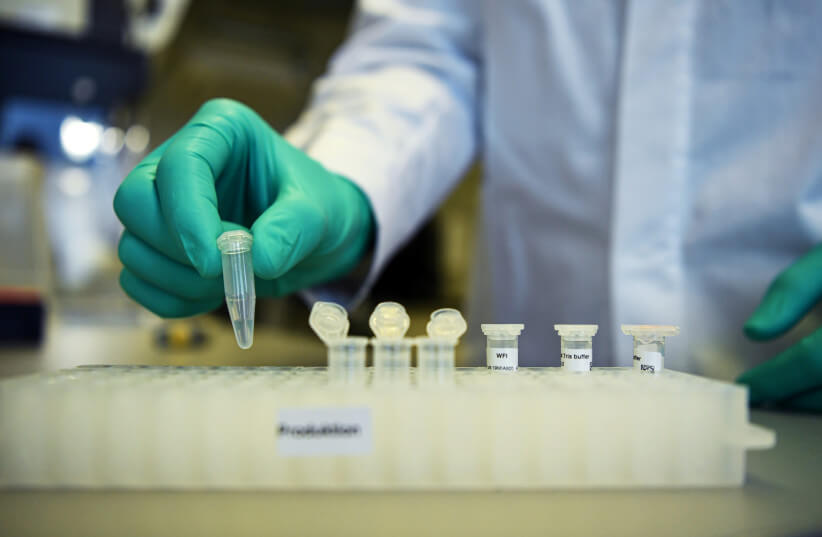 An employee of German biopharmaceutical company CureVac, demonstrates research workflow on a vaccine for the coronavirus (COVID-19) disease at a laboratory in Tuebingen, Germany
An employee of German biopharmaceutical company CureVac, demonstrates research workflow on a vaccine for the coronavirus (COVID-19) disease at a laboratory in Tuebingen, Germany
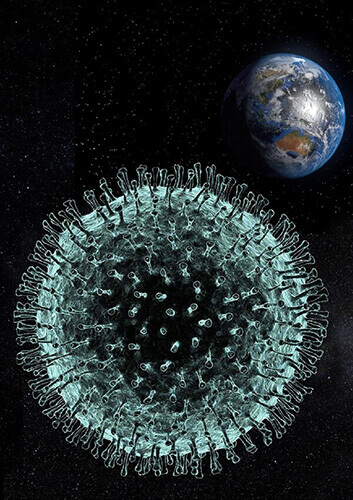
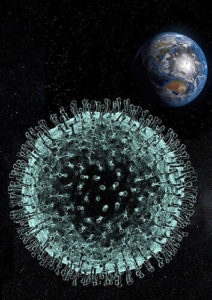

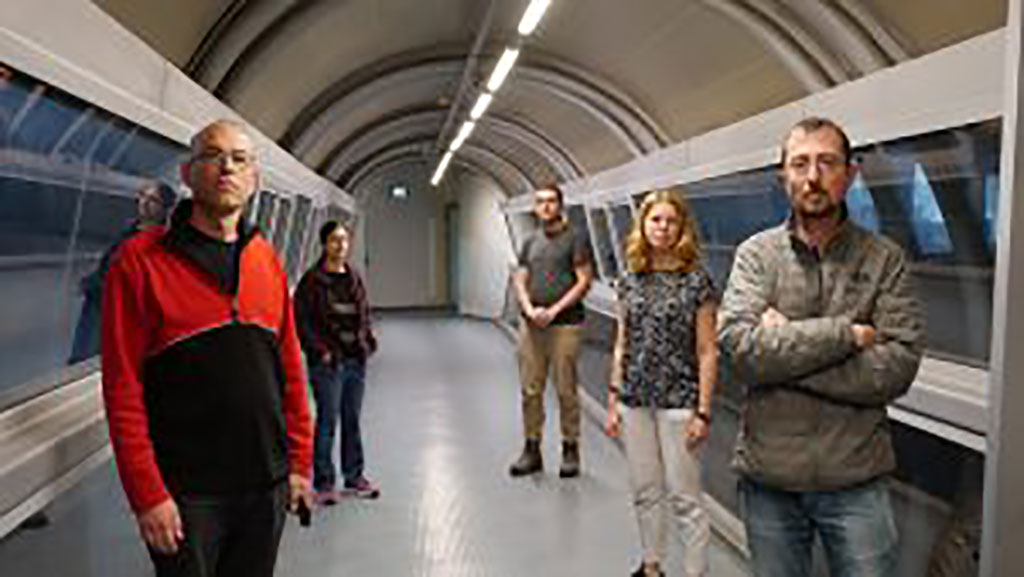
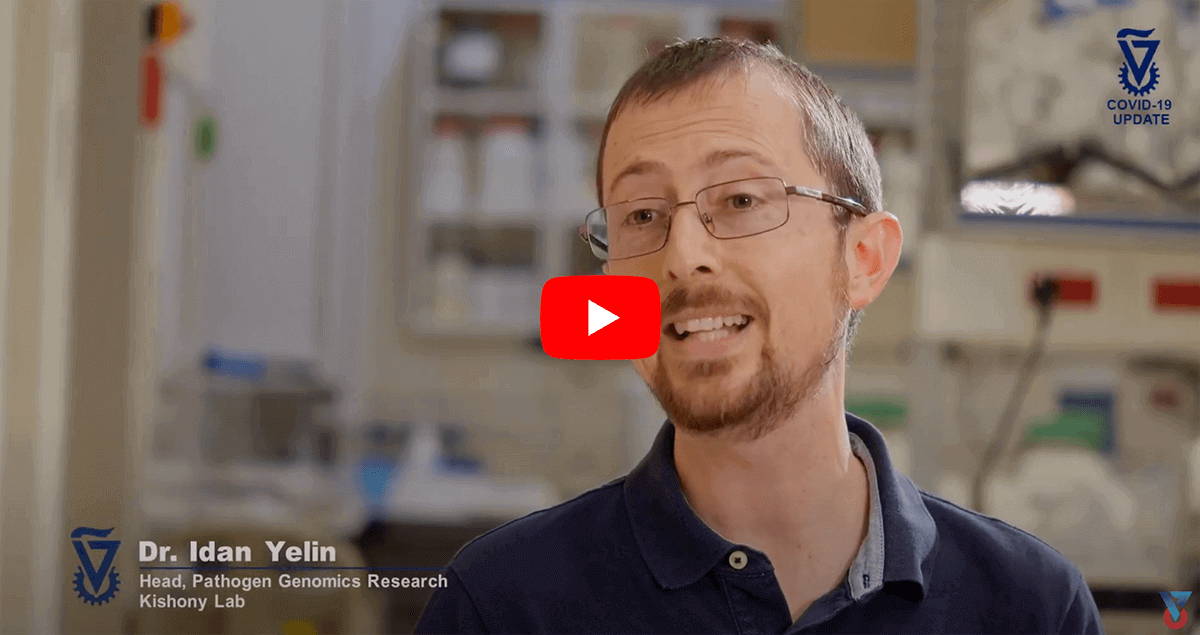



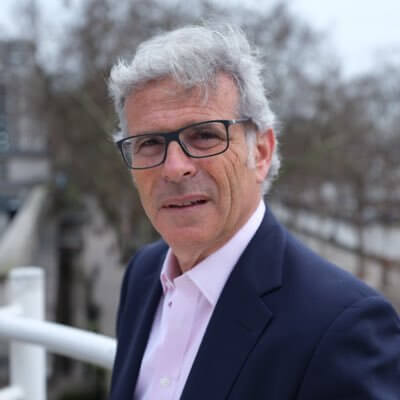


 The Churchill Building at Technion – Israel Institute of Technology in Haifa
The Churchill Building at Technion – Israel Institute of Technology in Haifa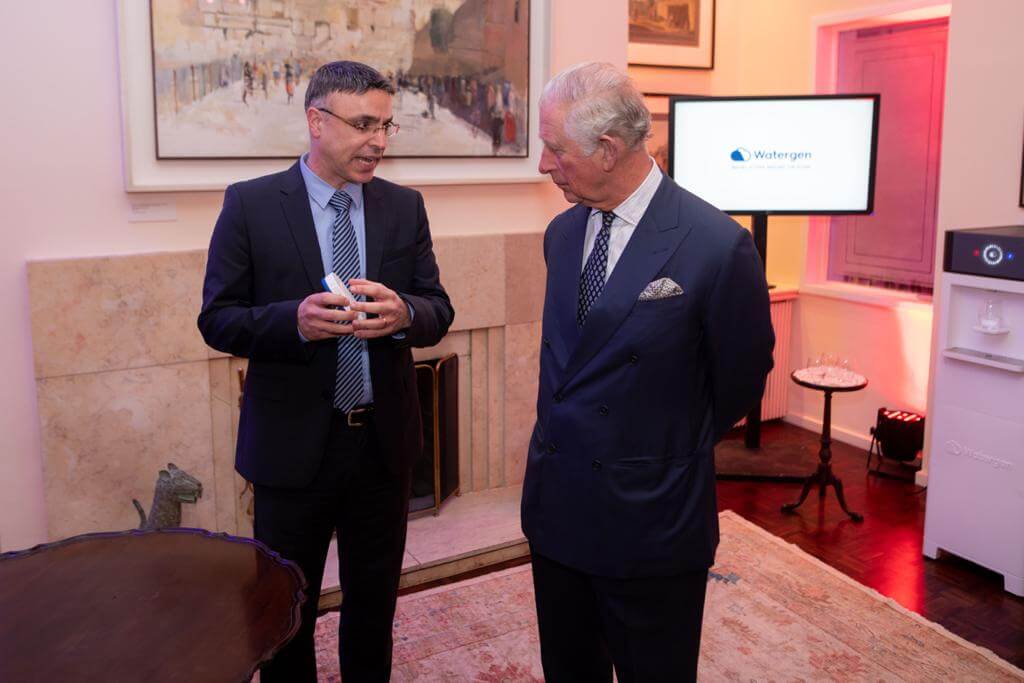
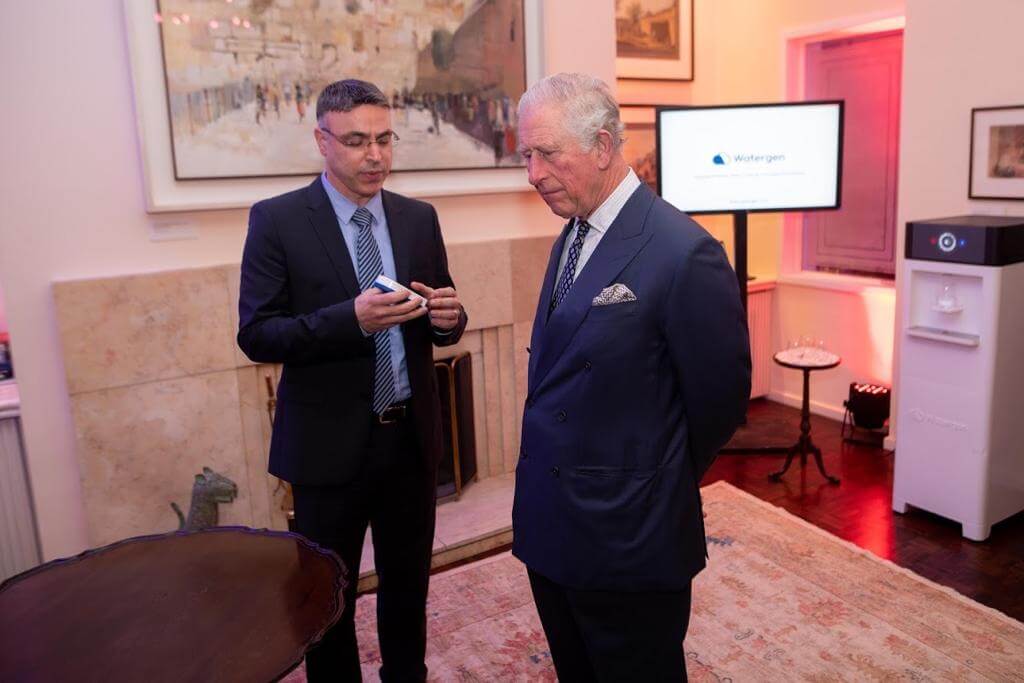 Photo by Ben Kelmer courtesy British Embassy Israel
Photo by Ben Kelmer courtesy British Embassy Israel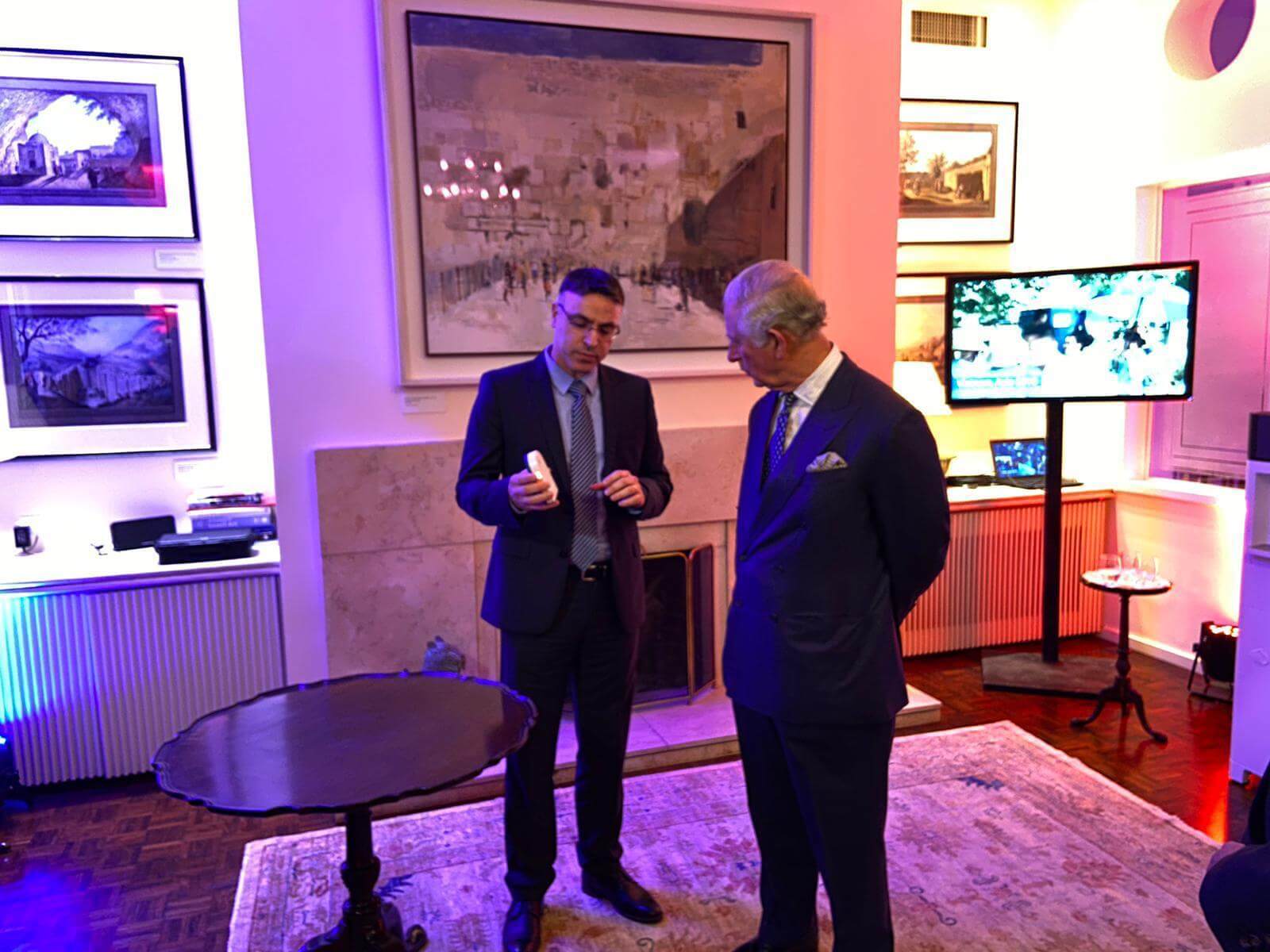 Photo by Ben Kelmer courtesy British Embassy Israel
Photo by Ben Kelmer courtesy British Embassy Israel